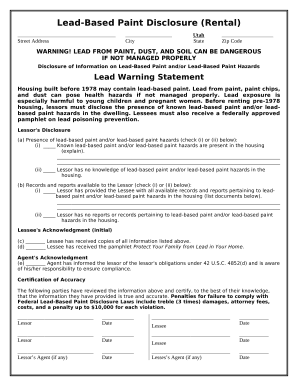
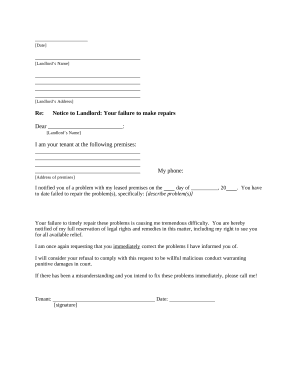
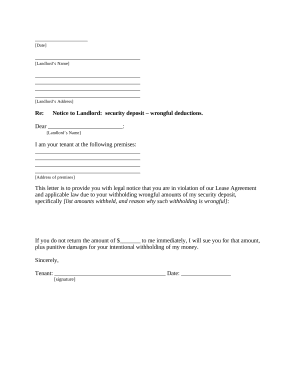

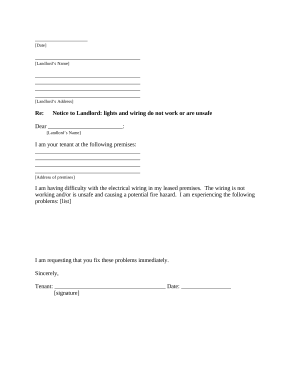
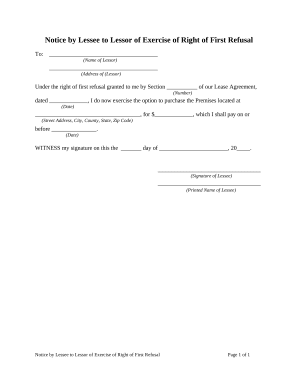
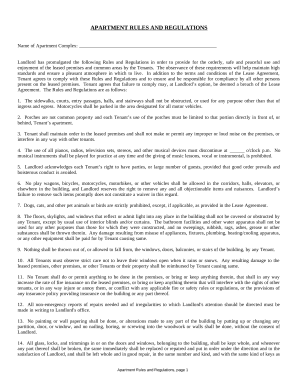
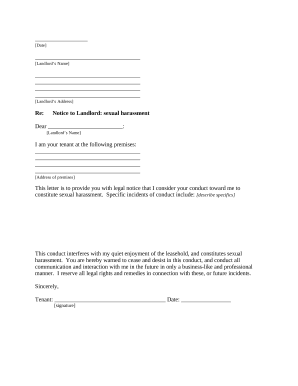
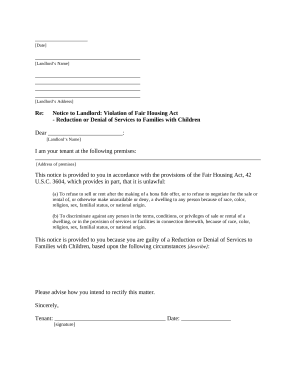
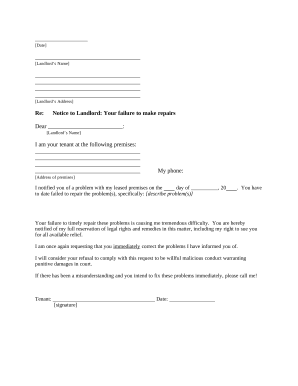
Document administration can overwhelm you when you can’t locate all the documents you require. Fortunately, with DocHub's vast form collection, you can get everything you need and promptly deal with it without the need of changing among software. Get our Tenancy Rights and start working with them.
Using our Tenancy Rights using these easy steps:
Try out DocHub and browse our Tenancy Rights category without trouble. Get a free account right now!